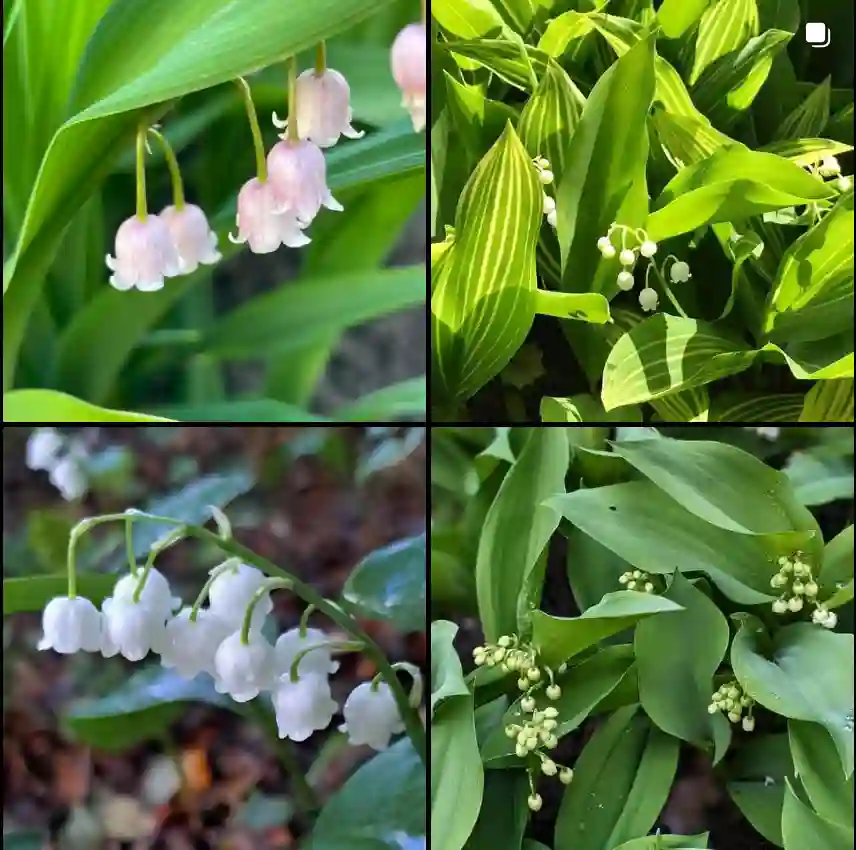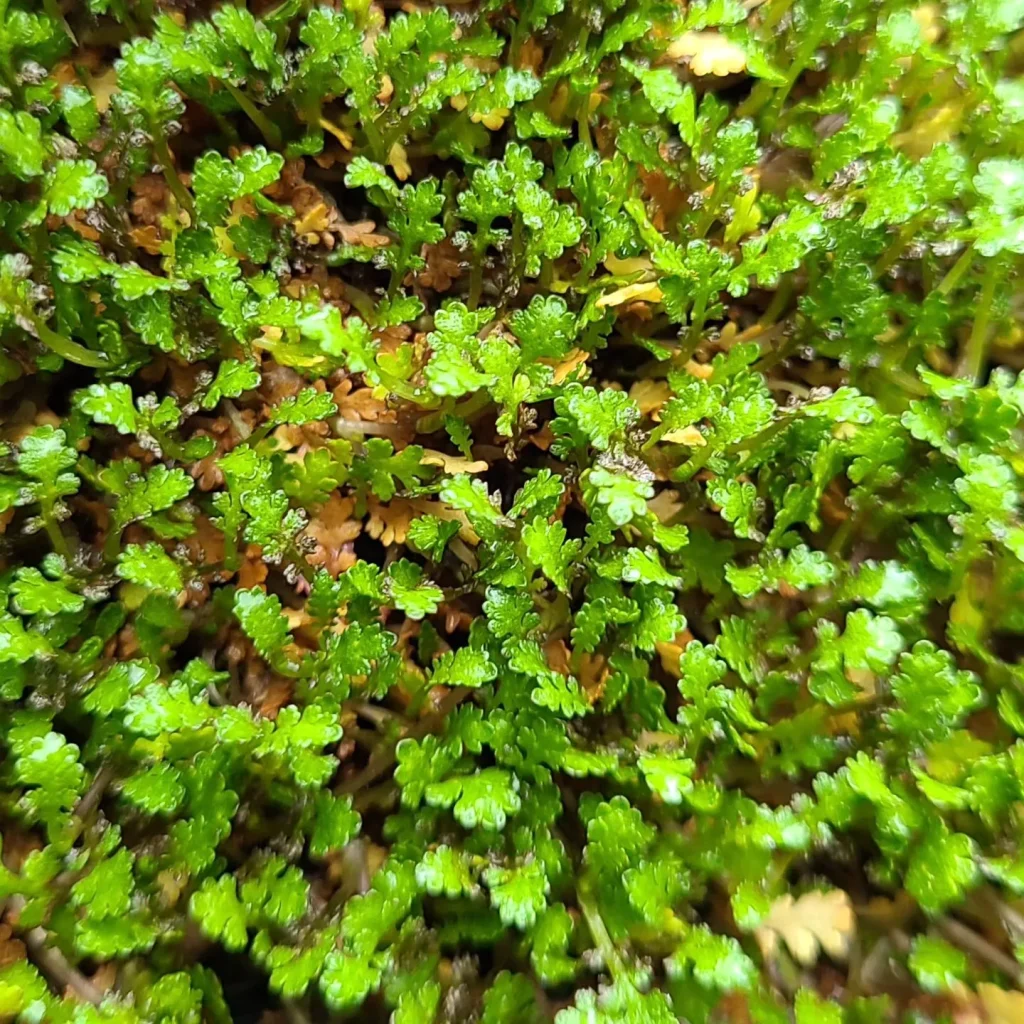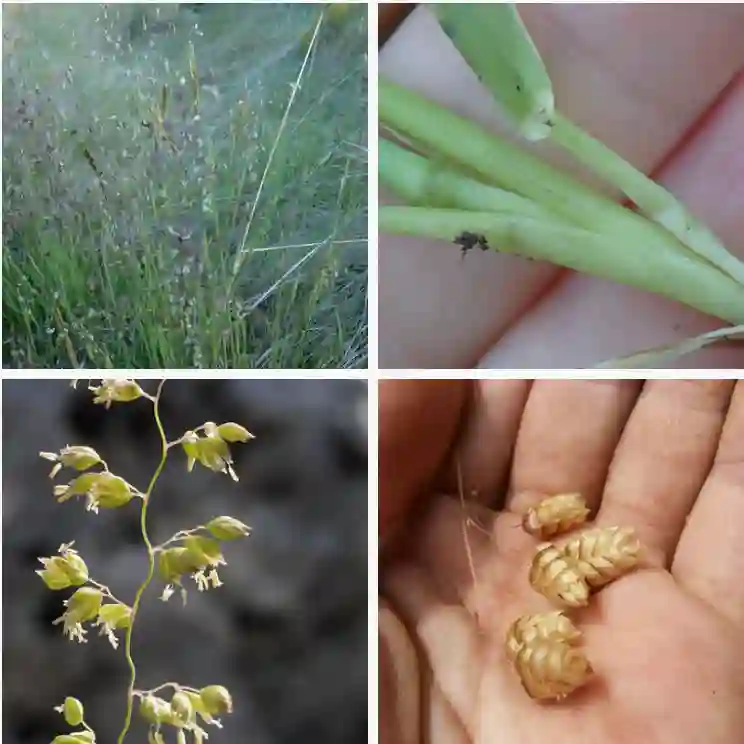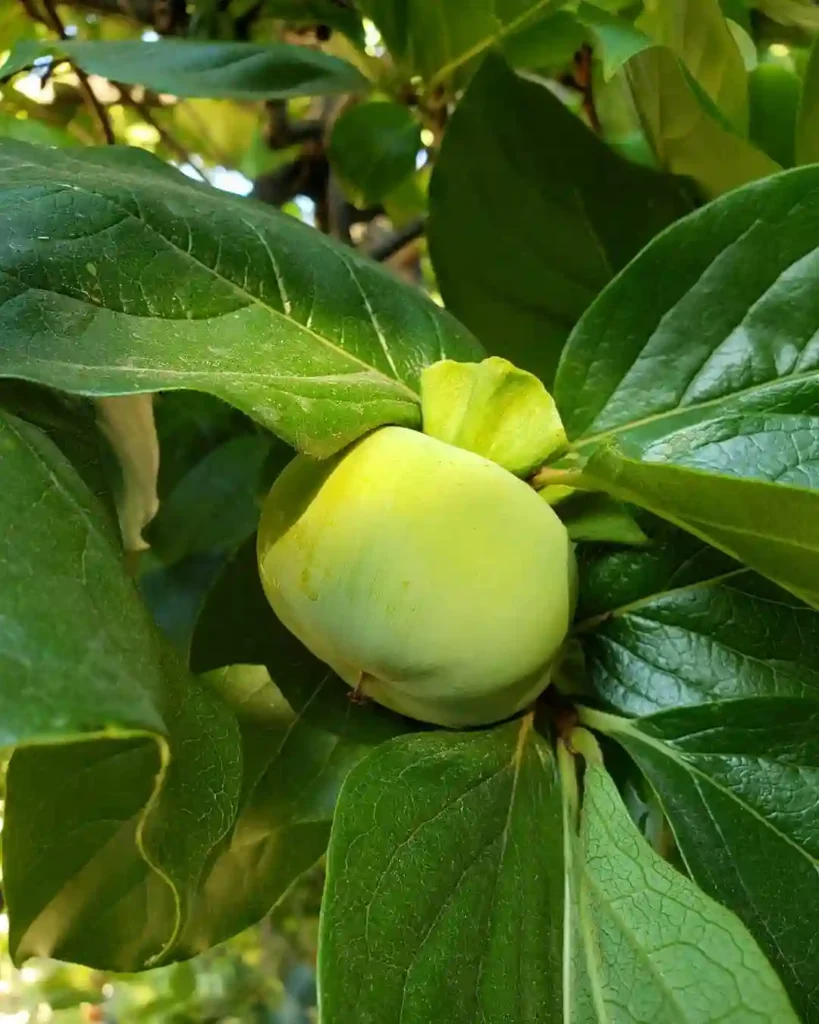
Frequently Asked Questions About Psychotria Nervosa
As someone with a passion for unique and fascinating plants, I’ve come across Psychotria Nervosa, commonly known as Wild Coffee, belong to the Rubiaceae family. This native shrub is well-known in Florida and the tropics. With shiny green leaves and small red berries, it has become quite a popular ornamental plant. Yet, many questions surround this intriguing species, so here are some of the most frequent inquiries I’ve encountered.
What is Psychotria Nervosa?
Psychotria Nervosa is a small evergreen shrub that can grow up to 6 feet tall. It’s native to the subtropical and tropical regions of Florida, the Caribbean, and Central America. The plant is often referred to as Wild Coffee due to its small, red berries that resemble coffee beans. However, despite the name, the berries are not related to actual coffee. The glossy green leaves make this plant a lovely addition to gardens or landscapes, particularly in warmer climates.
Plant Family: 616 Genera in Rubiaceae – Coffee Family
Is Psychotria Nervosa Invasive?
The answer is no, Psychotria Nervosa is not considered invasive. It is native to Florida and thrives in tropical and subtropical environments, where it plays an important role in local ecosystems. Unlike some other species, it doesn’t outcompete native plants or spread uncontrollably. It’s well-suited for managed gardens and can be grown without worrying about it taking over the landscape.
Will Psychotria Nervosa Get You High?
One of the more unusual questions is, “Will Psychotria Nervosa get you high?” No, it will not. Although Psychotria is part of the same family as Psychotria Viridis, a plant traditionally used in the preparation of ayahuasca (a psychoactive brew), Psychotria Nervosa lacks the hallucinogenic properties. It’s safe to say you won’t experience any mind-altering effects from this plant, and its berries are not used in any recreational or medicinal drug practices.
How to Care for Psychotria Nervosa?
Caring for Psychotria Nervosa is relatively simple. The plant thrives in partial to full shade, making it ideal for gardens with dappled sunlight or areas under larger trees. It prefers well-drained soil, but it can handle both moist and dry conditions. Watering should be moderate, allowing the soil to dry out slightly between watering sessions.
I’ve found that this shrub is also quite tolerant of different soil types, though adding organic material like compost can help it flourish. Fertilizing once a year with a balanced fertilizer is usually sufficient to keep it healthy and vibrant.
Can You Grow Psychotria Nervosa Indoors?
While Psychotria Nervosa can technically be grown indoors, it’s not an ideal houseplant. This shrub needs outdoor conditions to thrive, particularly the humidity and natural light levels found in tropical or subtropical regions. If you’re determined to keep it indoors, placing it near a window with indirect sunlight and maintaining high humidity levels will be necessary. However, it will likely not grow as large or healthy as it would outdoors.
How to Propagate Psychotria Nervosa?
Propagating Psychotria Nervosa is straightforward, and I’ve had great success with both seeds and cuttings. To propagate by seed, simply harvest the berries when ripe, remove the seeds, and plant them in a moist, well-draining soil mix. Keep the soil damp and place the container in a warm, shaded area. Germination can take a few weeks, but the plant is relatively easy to grow from seed.
For those preferring cuttings, take a semi-hardwood cutting from a healthy plant, dip it in rooting hormone, and plant it in a well-drained potting mix. Keep the soil moist and place the cutting in a shaded location until roots develop.
Is Psychotria Nervosa Toxic?
Another common concern is whether Psychotria Nervosa is toxic. The good news is that this plant is generally considered non-toxic to humans and pets. Although the berries are not edible and have no culinary use, they are not known to be poisonous. Still, it’s always a good idea to discourage pets and children from ingesting any plant material to be safe.
Benefits of Growing Psychotria Nervosa
One of the reasons I enjoy having Psychotria Nervosa in my garden is its benefits. The shrub provides food for birds and other wildlife with its red berries, making it a great choice for those wanting to support local ecosystems. Its ability to thrive in the shade makes it an excellent ground cover, especially in tropical and subtropical gardens where full-sun plants may not survive. It’s also low-maintenance and relatively pest-resistant, which makes caring for it a breeze.
Common Problems with Psychotria Nervosa
While Psychotria Nervosa is a hardy plant, it can experience some issues. One common problem is leaf discoloration, often caused by too much direct sunlight. The plant prefers shade, and excessive sun exposure can lead to scorched or yellowed leaves. Overwatering can also cause root rot, so it’s important to ensure the soil drains well and to avoid waterlogged conditions.
What to Plant with Psychotria Nervosa?
When it comes to companion planting, Psychotria Nervosa pairs well with other tropical and subtropical species that prefer similar growing conditions. I like to plant mine alongside ferns, bromeliads, or gingers. These plants complement the dense, glossy leaves of the Psychotria and can create a lush, vibrant garden. Low-growing ground covers and shade-tolerant flowering plants also work well with it.
Compare Psychotria Nervosa to Psychotria Viridis
There is often confusion between Psychotria Nervosa and Psychotria Viridis, particularly due to their similar genus. While Psychotria Nervosa is a harmless, decorative plant with no psychoactive properties, Psychotria Viridis contains dimethyltryptamine (DMT), the compound responsible for hallucinogenic effects when used in ayahuasca. It’s important to recognize the distinction, especially if you’re selecting plants for ornamental purposes.
In conclusion, Psychotria Nervosa is a beautiful, low-maintenance plant that brings a touch of the tropics to any garden. Whether you’re looking to attract wildlife, create shade-loving garden arrangements, or just enjoy its glossy foliage, this shrub has a lot to offer without the worry of invasiveness or toxicity.
If i die, water my plants!



